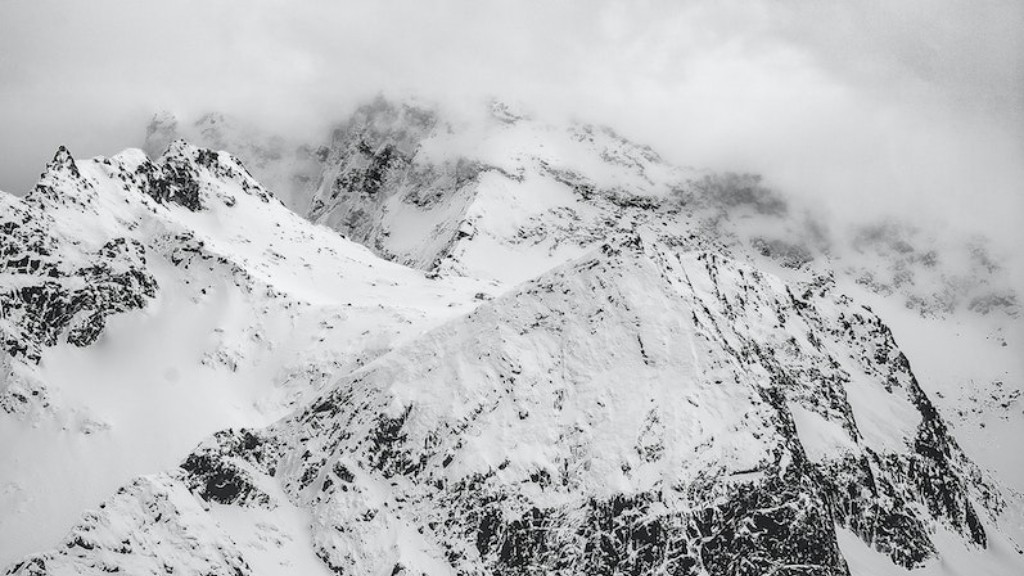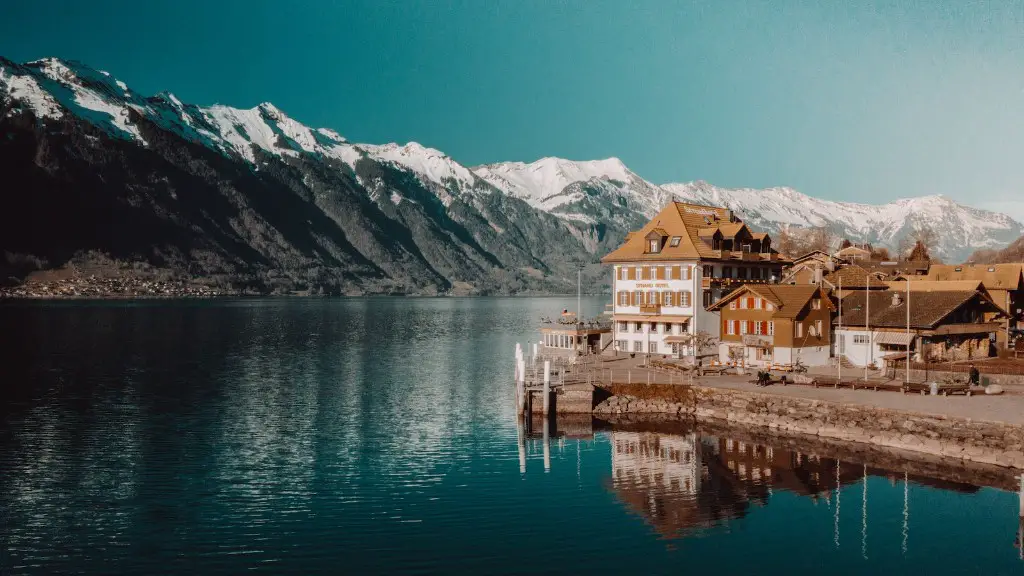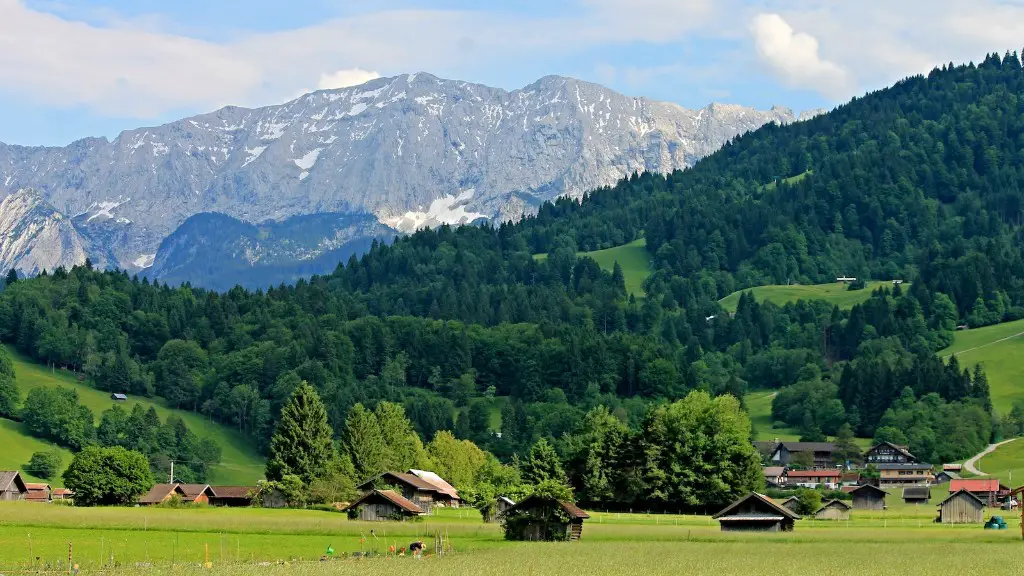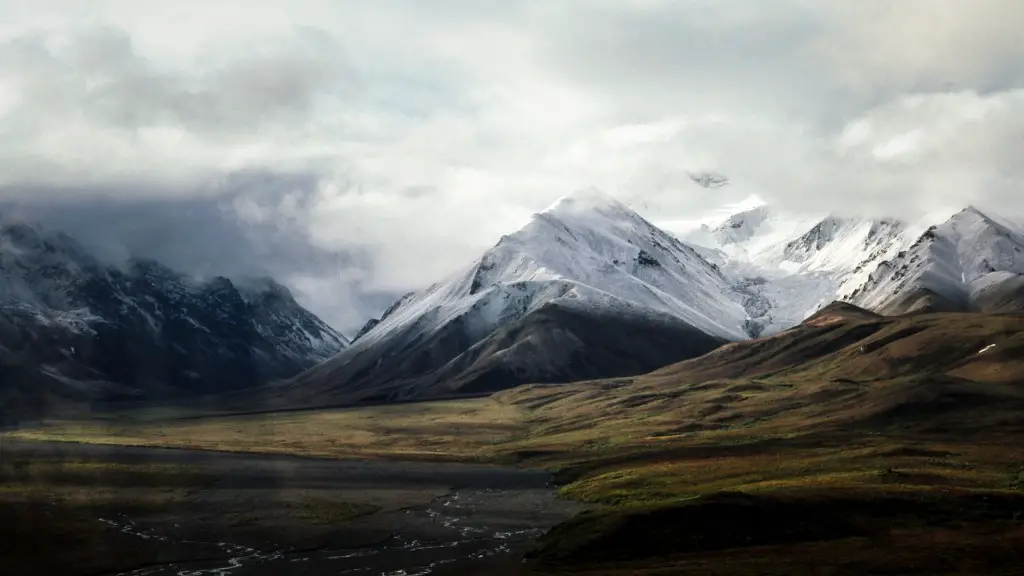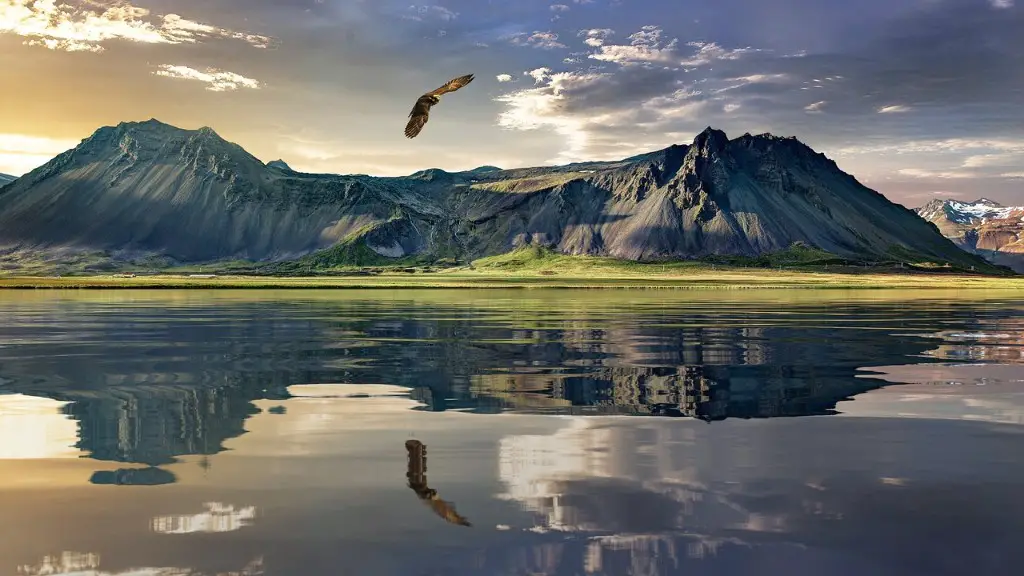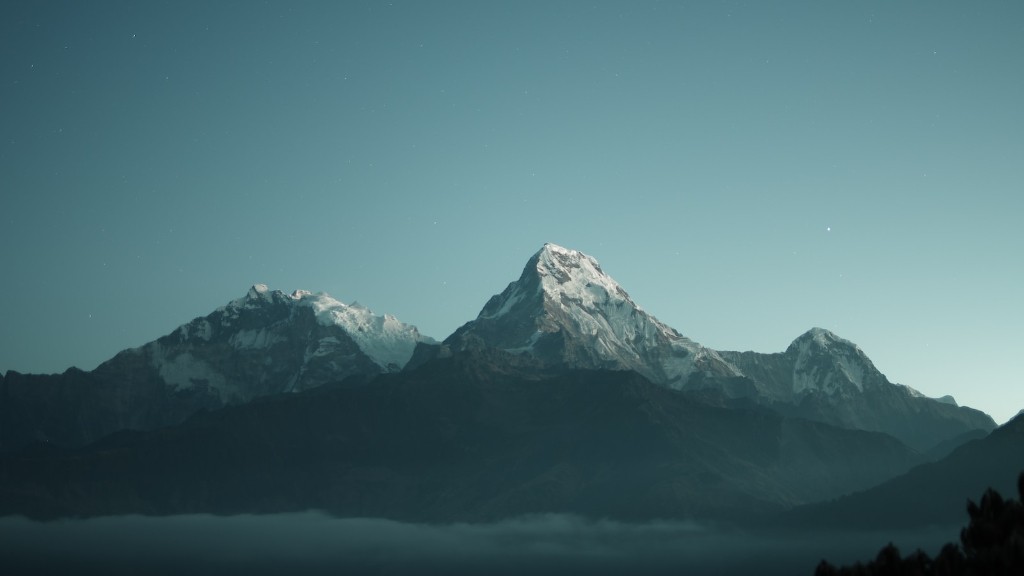Mount Everest is the tallest mountain in the world. It is also the most popular mountain to climb. So, how long does it take to ascend Mount Everest?
Most people take about two weeks to reach the summit of Mount Everest. This includes a few days to acclimatize to the altitude and prepare for the climb. The actual climb to the summit takes about two days.
weather conditions are also a factor. Climbing Mount Everest in winter is much more challenging than in summer. Snow and ice can make the route more difficult and dangerous.
Ascending Mount Everest is a huge accomplishment that takes dedication and preparation. But with a bit of planning, it is definitely achievable.
The average time it takes to ascend Mount Everest is two weeks.
Can you climb Everest in a day?
Lhakpa Sherpa is an experienced mountaineer who has summited Mount Everest multiple times. In this quote, he is saying that the most difficult day of the journey is the day when climbers attempt to summit Everest and then return to Camp Four, spending as little time as possible in the death zone. This is a very difficult feat, and Sherpa is warning climbers that it will take a lot of endurance and strength to complete.
The three main reasons it takes so long to climb Everest are the trek in, the acclimatization, and the weather The trek can be skipped by taking an expensive helicopter ride from Lukla to Base Camp if the weather allows. If not it’s a 8-14 days trek depending on resting and acclimatization.
Can you climb Everest in 24 hours
The Everest + Lhotse In 24 Hours approach to climbing allows you to climb two 8,000-meter peaks (the highest and fourth-highest mountains in the world) in as little as 24 hours, summit to summit. This is an incredibly efficient way to summit both of these mountains in a single season, and is a great option for those who are looking to climb both peaks in a short period of time.
Pemba Dorje Sherpa is a Nepalese mountaineer who holds the record for the fastest ascent of Mount Everest. On 21 May 2004, he reached the summit of the mountain in 8 hours and 10 minutes, beating the previous record holder, Austrian mountaineer Hans Kammerlander, by more than an hour.
How cold is it at the top of Everest?
The weather and climate on Mount Everest is one of extremes. Temperatures at the summit are never above freezing and during January, temperatures can drop as low as -60° C (-76° F). Despite the low temperatures, the biggest issue faced by climbers are hurricane force winds and wind chill.
Experience is key when it comes to mountaineering, and you need more than just experience with high-altitude climbing to be successful. You also need to be able to move well and manage yourself effectively, knowing when it might be time to turn back.
How much does it cost to climb Everest?
The prices for climbing Mount Everest have continued to increase over the years, with the cost in 2017 ranging from $28,000 to $120,000. The prices for a trek up Everest in 2022 are expected to be even higher, with the average cost falling somewhere around $45,000. If you’re considering climbing Everest, be prepared to pay a hefty price tag.
The “death zone” is a very real and dangerous place, and it’s no wonder that the summits of the world’s 14 tallest mountains are all found there. The oxygen levels are so low at these altitudes that it is impossible to sustain human life for more than a few hours. The conditions are incredibly harsh and extreme, and even the most experienced mountaineers are at risk of suffering from altitude sickness, hypothermia, and other potentially fatal conditions. If you’re planning on tackling any of the world’s tallest peaks, be sure to do your research and take all the necessary precautions.
Can a normal person climb Everest
Climbing Everest is no small feat and requires an immense amount of physical fitness and training. Most people spend at least a year preparing to climb the mountain, and it is recommended that climbers have experience with AD-rated climbs and high altitudes before attempting to summit Everest. With the proper preparation and mindset, however, climbing Everest can be an incredibly rewarding and life-changing experience.
Only two routes to scale the world’s tallest peak: one from the Everest North side in Tibet or another from the Everest South side in Nepal.First, let’s look at the age limit.Chinese authorities impose an age limit of 18-60 in Tibet, while in Nepal, climbers must be a minimum of 16 years old but there is no upper age limit. This difference may be due to the political situation between the two countries. China and Nepal have a very different relationship than China and Tibet. There is a lot of tension between China and Tibet, while Nepal and China have a much more cooperative relationship. This difference in the age limit may be due to the different political relationships between the two countries.
Now, let’s look at the routes themselves. The route from the Everest North side in Tibet is longer and generally considered to be more difficult. It is about 25 miles longer than the route from the Everest South side in Nepal. The route from the Everest South side in Nepal is shorter and generally considered to be easier. It is about 25 miles shorter than the route from the Everest North side in Tibet.
In conclusion, there are two routes to scale the world’s tallest peak. The route from the Everest North side in Tibet is longer and generally
What is the average age of Everest climbers?
This data shows that the majority of summits are achieved by people between the ages of 25 and 50, with 30 to 39 being the most represented age group. The success rate decreases with age, especially after 55. The average summit age is 38.
Our award-winning team has been granted permits to sleep in Everest Base Camp (EBC), even though traditionally only teams with expedition permits have been allowed to sleep there. Sleeping at EBC is one of the more unique adventure treks out there – it’s a once-in-a-lifetime experience that shouldn’t be missed!
How much do Sherpas get paid
Sherpa is a company that provides Professional Services. They have a team of workers who help with the logistics of running a business. The company pays its workers an average of $77,410 per year, or $3722 per hour. The lowest earners at the company make $42,000 per year, while the top 10 percent of earners make over $139,000 per year. Salaries at Sherpa vary by department, so workers in different departments may be paid different amounts.
Sherpas are known for their ability to acclimate to thinner air more quickly than other climbers. However, this does not mean that they do not require supplemental oxygen in the ‘death zone.’ Lack of oxygen is still a big problem for Sherpas in this area, so supplemental oxygen is essential.
Do you age faster on Mount Everest?
If you were to sit at the peak of Mount Everest for 30 years, you would be 0.091 millisecond older than if you had spent those same 30 years at sea level, according to NIST. The difference is caused by the time dilation effect of gravity, which is stronger at higher altitudes.
The top 3 causes of death on Everest are avalanches, falls and collapses, and mountain sickness with brain or lung edema.
What’s the warmest it gets on Mount Everest
According to the National Weather Service, the warmest months on the summit of Mt. Washington are July and August. The average temperature during the night is -2°F-0°F (-16°C to -18°C), and a few degrees above this during the day. The warmest temperature ever recorded on the summit was 10-15°F (range -10°C to -12°C) on still and sunny days.
There is a reason why climbers refer to Everest as the “third pole.” At 8,848 meters (29,029 feet) above sea level, it is nearly four times higher than any mountain in North America and higher than anywhere else on Earth except for Mount Kilimanjaro in Africa and Mount Aconcagua in South America. Those who make the summit attempt typically do so from one of two base camps located on the south (Nepal) or north (Tibet) side of the mountain. The journey to the top can take weeks, and even then, most climbers require the use of supplemental oxygen to reach the summit.
Final Words
The answer to this question depends on a few factors, including the route taken and the climber’s experience and fitness level. Generally speaking, it takes anywhere from two to eight weeks to complete a successful ascent of Mount Everest.
Ascending Mount Everest is a time-consuming and physically demanding task that requires careful planning and preparation. The average time it takes to reach the summit is approximately two to three weeks, but this can vary depending on weather conditions and the individual climbers’ abilities.
